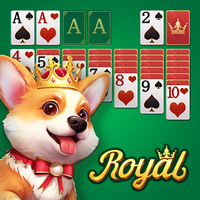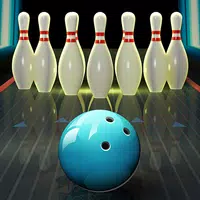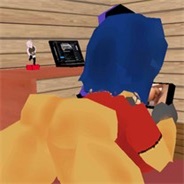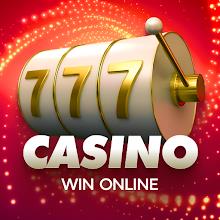Quick Links
Pokemon TCG Pocket brings the thrill of collecting and battling with Pokemon cards into the digital world, mirroring many of the beloved aspects of the physical game. One such feature is the Paralyzed effect, which, while slightly modified in Pokemon TCG Pocket, retains its core mechanics. For a thorough understanding of this Special Condition, how to recover from it, and tips on constructing a deck around it, dive into our detailed guide.
What Is 'Paralyzed' in Pokemon TCG Pocket?
 In Pokemon TCG Pocket, the Paralyzed status is a Special Condition that immobilizes the opponent’s Active Pokemon for one turn. This means the affected Pokemon cannot attack or retreat, effectively leaving it helpless in the Active Spot until the next round. The Paralysis effect wears off automatically after the opponent’s next Checkup, right before your turn begins.
In Pokemon TCG Pocket, the Paralyzed status is a Special Condition that immobilizes the opponent’s Active Pokemon for one turn. This means the affected Pokemon cannot attack or retreat, effectively leaving it helpless in the Active Spot until the next round. The Paralysis effect wears off automatically after the opponent’s next Checkup, right before your turn begins.
Paralyzed vs. Asleep
CloseBoth Paralyze and Asleep conditions prevent the opponent’s Pokemon from taking any action, but they differ in their recovery methods. A Paralyzed Pokemon recovers automatically after the next Checkup, whereas an Asleep Pokemon must succeed in a coin toss to wake up. Additionally, an Asleep Pokemon can be woken up by evolving it or forcing it to retreat, methods not applicable to Paralyzed Pokemon.
Paralyzed Rules in Pokemon Pocket vs. Physical PTCG
In the traditional Pokemon Trading Card Game, cards like Full Heal can alleviate the Paralyzed status. Although Pokemon TCG Pocket currently lacks such direct counter-Paralysis cards, the essence of the Paralyzed condition remains consistent across both versions: a Paralyzed Pokemon is unable to attack or retreat for one turn.
Which Cards Have the Paralysis Ability?
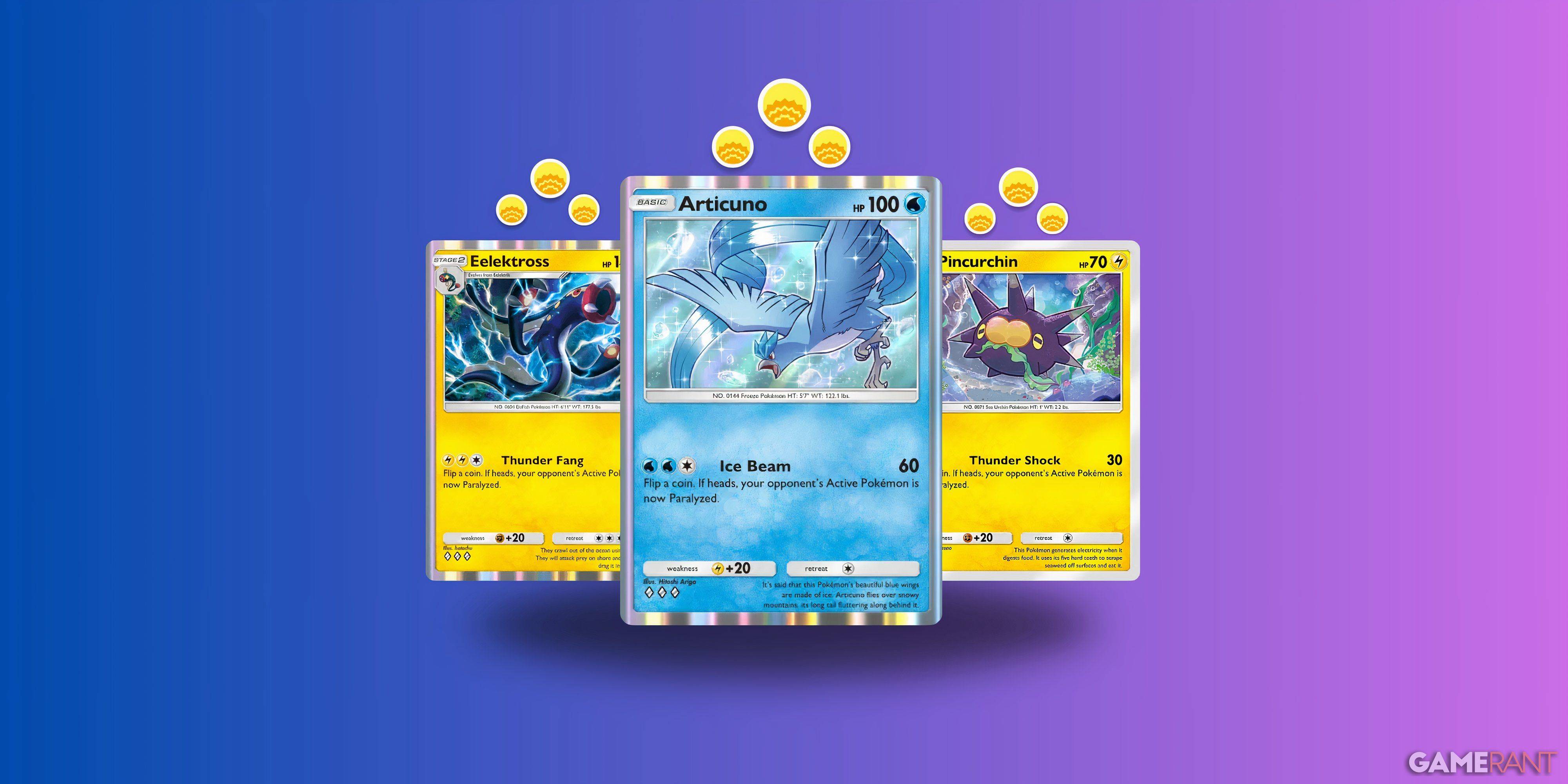 - Pincurchin: Flip a coin. If heads, your opponent's Active Pokemon is now Paralyzed.
- Pincurchin: Flip a coin. If heads, your opponent's Active Pokemon is now Paralyzed.
- Elektross: Flip a coin. If heads, your opponent's Active Pokemon is now Paralyzed.
- Articuno: Flip a coin. If heads, your opponent's Active Pokemon is now Paralyzed.
In the Genetic Apex expansion, only these three cards—Pincurchin, Elektross, and Articuno—can induce the Paralyzed effect. Their effectiveness hinges on a coin flip, introducing an element of chance that makes Paralyze more of a tactical surprise than a dependable strategy for deck building.
How Do You Recover from Paralyzed?
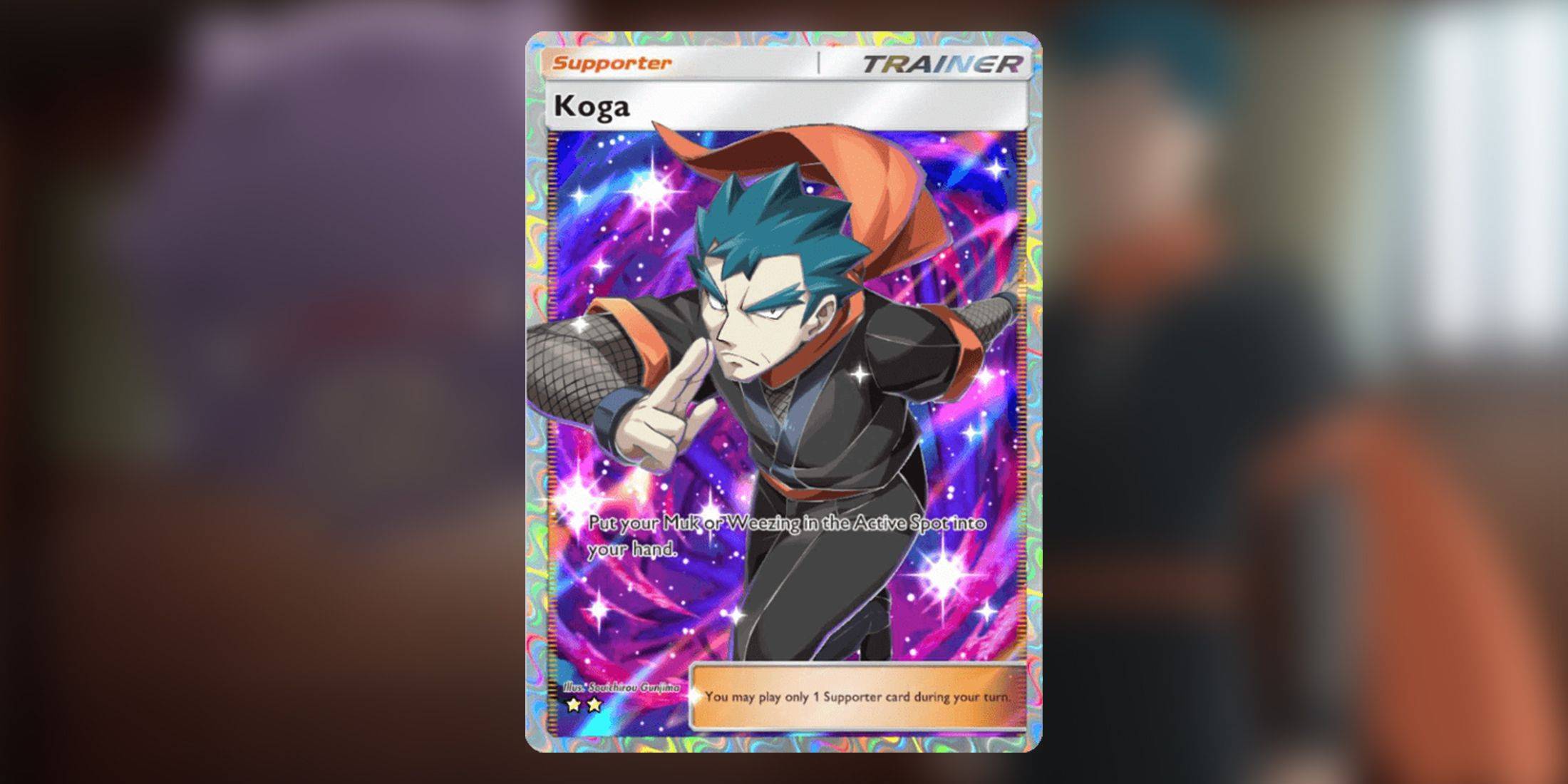 In Pokemon TCG Pocket, you can recover from Paralysis through several methods:
In Pokemon TCG Pocket, you can recover from Paralysis through several methods:
- Wait for the next round: The Paralyzed effect automatically dissipates at the start of your next turn.
- Evolve the Paralyzed Pokemon: Evolving the affected Pokemon is the fastest way to lift Paralysis.
- Retreat the Paralyzed Pokemon: Using a card like Koga to force a retreat can remove Paralysis since Special Conditions don’t affect Benched Pokemon.
- Use a Support card: Currently, only Koga can counter Paralysis, but this is limited to Weezing or Muk. Future expansions might introduce more versatile options.
What Is the Best Paralyze Deck?
 Building a deck around Paralyze alone isn’t advisable due to its reliance on chance. However, combining it with the Asleep condition can create a more competitive deck. The Articuno & Frosmoth lineup is a potent combination, leveraging both Paralysis and Sleep effects across multiple attack lines. Here’s how to construct this hybrid deck:
Building a deck around Paralyze alone isn’t advisable due to its reliance on chance. However, combining it with the Asleep condition can create a more competitive deck. The Articuno & Frosmoth lineup is a potent combination, leveraging both Paralysis and Sleep effects across multiple attack lines. Here’s how to construct this hybrid deck:
Paralyze Deck Details
| Card | Quantity |
|---|---|
| Wigglypuff ex | 2 |
| Jigglypuff | 2 |
| Snom | 2 |
| Frosmoth | 2 |
| Articuno | 2 |
| Misty | 2 |
| Sabrina | 2 |
| X Speed | 2 |
| Professor's Research | 2 |
| Poke Ball | 2 |






